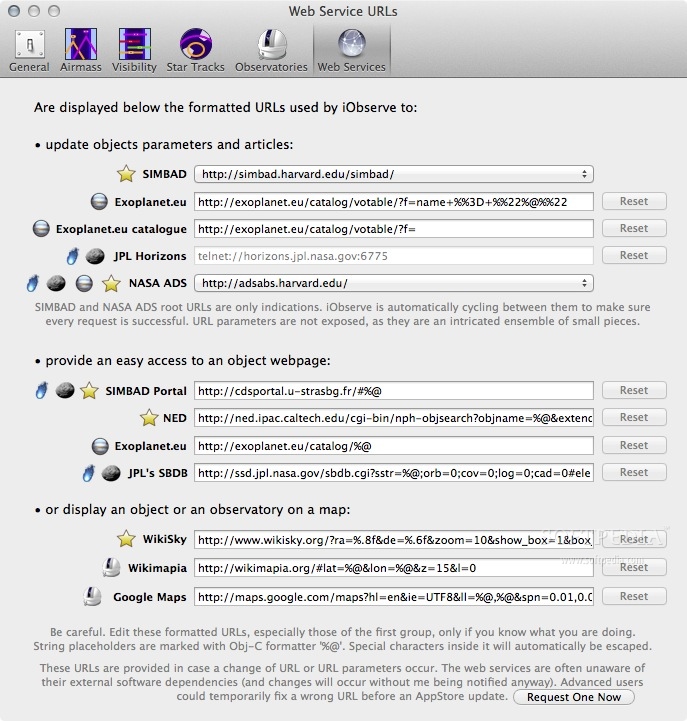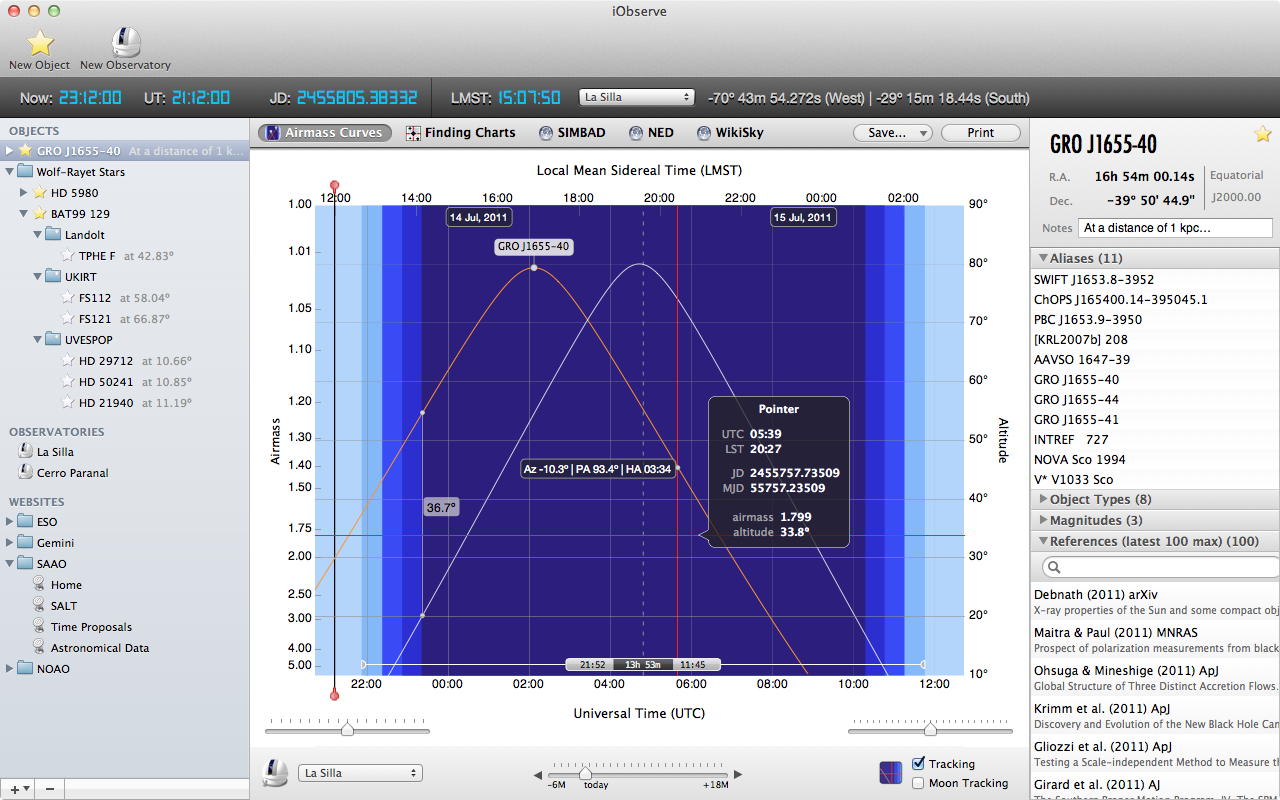Definition
Watch uploaded videos from iobserve on FREE video sharing website GodTube.com! You can search and watch family safe Christian, music, inspirational, cute, funny, comedy, educational and Spanish videos on GodTube.com! Do you have some great video clips you would like to share? It's easy, simply create a FREE account, then start uploading videos. IObserve is a video and audio recording app that allows you to record observations, time stamp criteria, give instant feedback and create a signed declaration.

Provides a mechanism for receiving push-based notifications.
Type Parameters
- T
The object that provides notification information.
 This type parameter is contravariant. That is, you can use either the type you specified or any type that is less derived. For more information about covariance and contravariance, see Covariance and Contravariance in Generics.
This type parameter is contravariant. That is, you can use either the type you specified or any type that is less derived. For more information about covariance and contravariance, see Covariance and Contravariance in Generics. - Derived
Examples
The following example illustrates the observer design pattern. It defines a Location class that contains latitude and longitude information.
The LocationReporter class provides the IObserver<T> implementation. It displays information about the current location to the console. Its constructor includes a name parameter, which allows the LocationReporter instance to identify itself in its string output. It also includes a Subscribe method, which wraps a call to the provider's Subscribe method. This enables the method to assign the returned IDisposable reference to a private variable. The LocationReporter class also includes an Unsubscribe method, which calls the IDisposable.Dispose method of the object returned by the IObservable<T>.Subscribe method. The following code defines the LocationReporter class.
The LocationTracker class provides the IObservable<T> implementation. Its TrackLocation method is passed a nullable Location object that contains the latitude and longitude data. If the Location value is not null, the TrackLocation method calls the OnNext method of each observer.
If the Location value is null, the TrackLocation method instantiates a LocationNotFoundException object, which is shown in the following example. It then calls each observer's OnError method and passes it the LocationNotFoundException object. Note that LocationNotFoundException derives from Exception but does not add any new members.
Observers register to receive notifications from a TrackLocation object by calling its IObservable<T>.Subscribe method, which assigns a reference to the observer object to a private generic List<T> object. The method returns an Unsubscriber object, which is an IDisposable implementation that enables observers to stop receiving notifications. The LocationTracker class also includes an EndTransmission method. When no further location data is available, the method calls each observer's OnCompleted method and then clears the internal list of observers.
The following code then instantiates the provider and the observer.
Remarks
The IObserver<T> and IObservable<T> interfaces provide a generalized mechanism for push-based notification, also known as the observer design pattern. The IObservable<T> interface represents the class that sends notifications (the provider); the IObserver<T> interface represents the class that receives them (the observer). T represents the class that provides the notification information.

An IObserver<T> implementation arranges to receive notifications from a provider (an IObservable<T> implementation) by passing an instance of itself to the provider's IObservable<T>.Subscribe method. This method returns an IDisposable object that can be used to unsubscribe the observer before the provider finishes sending notifications.
The IObserver<T> interface defines the following three methods that the observer must implement:

Effective Educators Log In
The OnNext method, which is typically called by the provider to supply the observer with new data or state information.
The OnError method, which is typically called by the provider to indicate that data is unavailable, inaccessible, or corrupted, or that the provider has experienced some other error condition.
The OnCompleted method, which is typically called by the provider to indicate that it has finished sending notifications to observers.
Iobserver Login
Methods
| OnCompleted() | Notifies the observer that the provider has finished sending push-based notifications. |
| OnError(Exception) | Notifies the observer that the provider has experienced an error condition. |
| OnNext(T) | Provides the observer with new data. |
Applies to

Iobserve Teacher
See also

Comments are closed.